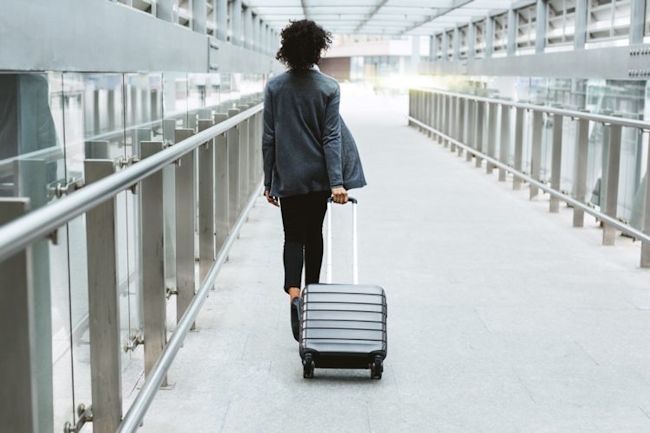
Often dismissed as a routine pit-stop for travelers, airport hotels are increasingly refashioning themselves as stylish, amenity-rich places for a night’s sleep or a board meeting.
by Natasha Stokes
At the Westin Denver International Airport hotel, the lobby is steps away from security screening but guest rooms feature floor-to-ceiling glass walls overlooking the cityscape and the famed peaks of the Rocky Mountains. In Singapore, passengers can stroll directly from Terminal 3 of Changi Airport to the Crowne Plaza, a luxury hotel with a gym, spa and courtyard pool surrounded by tropical greenery.
“These hotels offer far more than just a room to spend the night in before an early flight,” says Lauro Ferroni, Global Head of Hotels and Hospitality Research, JLL. “They’re designed with the local culture in mind, with on-brand food and beverage options, décor and entertainment. That’s a big change from airport hotels of the past, where you woke up in a cookie-cutter room that could be anywhere in the world.”
Where design meets convenience
Where airport hotels of decades past were frequented out of necessity by airline passengers with cancelled flights or long layovers, the new breed of airport hotel is increasingly focused on attracting travelers through modern design and upscale facilities – along with better connectivity to their next flight than ever.
Take the Hilton Amsterdam Schipol Airport, designed by Dutch architects Mecanoo with a striking geometric exterior and expansive glass atrium lobby. Its 15 minutes by train from the city center and a 10-minute walk from the terminal through a covered pathway.
“These new terminal hotels are often not competing with hotels around the airport, but with the downtown market,” Ferroni says. “To be successful, they must be physically connected to the airport – if you need to take a shuttle from your hotel to the airport, you might as well stay downtown.”
For business travelers, who make up the bulk of airport hotel guests, the convenience – and reduced transport costs – of direct access to an airport terminal could be the deciding factor in where to stay. “Selling to corporate groups will be key,” Ferroni says. “For example, think about day meetings, where reps are flying in for training, or conferences where attendees can schedule back-to-back events, all in the hotel.”
Hoteliers are tuned into the importance of remaining focused on these corporate guests. Flexible meeting spaces such as large ballrooms and smaller breakout rooms are crucial for airport hotels, Ferroni notes, while the ability to book a day-use room could be helpful for passengers who would rather fly in for the day only. High-quality food and beverage options are also essential for keeping guests satisfied, while well-maintained fitness rooms are increasingly becoming a favourite amenity among business travelers looking to stay in shape on the go.
The business of airport hotels
Demand for rooms at airport hotels across the world has risen from 55 million nights in 2010 to 65 million in 2016, according to hotel data provider STR.
“There’s evidence that suggests airport hotels connected to a terminal perform as well as the downtown, upper-end hotels,” Ferroni says. “Most major airports that don’t have a hotel connected to a terminal are thinking about how they can get one.”
Take the Hartsfield-Jackson Atlanta International Airport, which recently opened a luxury hotel connected by airport shuttle – developers are also planning an upper-tier hotel connected to its domestic terminal, complete with a roof deck for runway viewing.
For airports, an upscale, business-friendly hotel can boost their appeal as a hub for airline routes, which in turn raises airport revenue. At Birmingham Airport in the UK, a £100 million investment to upgrade passenger services and construct a four-star hotel, along with longer-term plans for a five-star hotel, have paid off – it’s once more a hub for national carrier British Airways.
For the new wave of airport hotels, convenience is key, but style is crucial to keep a steady stream of travelers through their doors.


